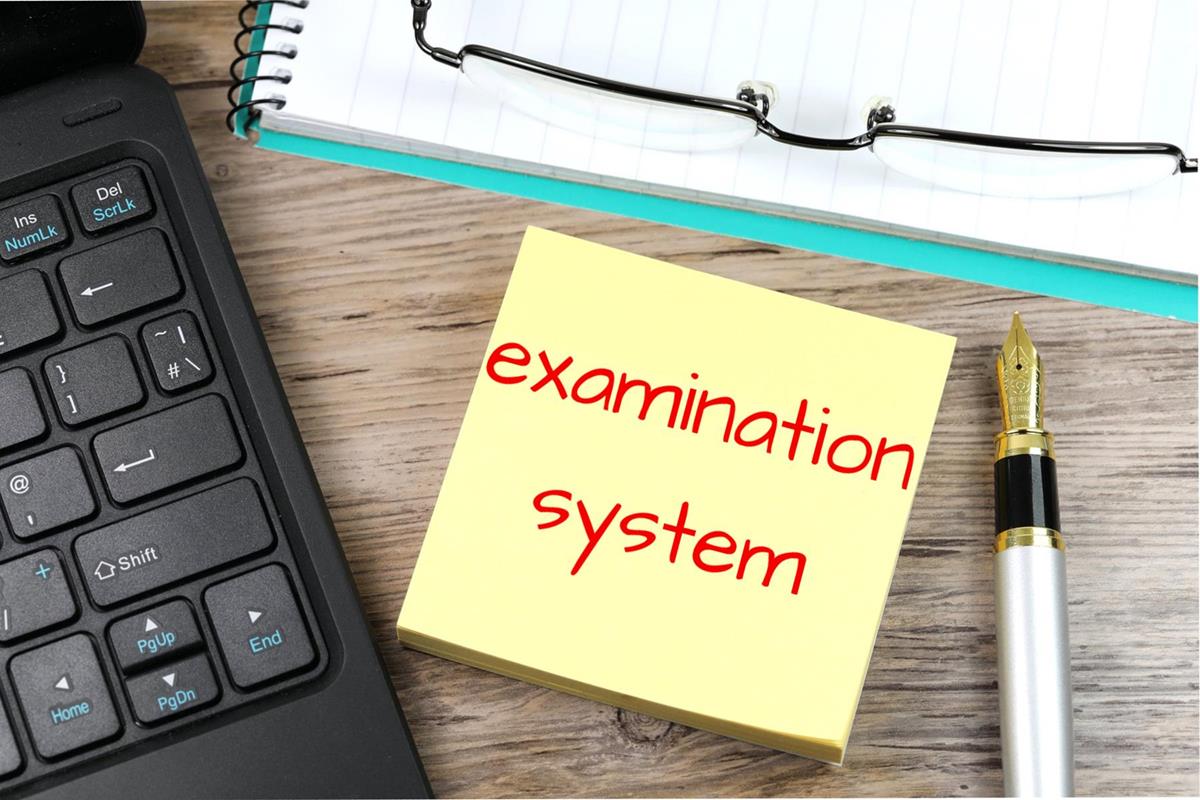Practical examinations are part and parcel of the academic curriculum. Before a student appears for theory examination he has to write the practical exam first. The final score is decided based on both of these. Few students are very comfortable with theory but not with practical. As the practical examination undergoes various steps and procedures. The student has to completely deal with the given experiment and show the exact result of it. Many feel it is difficult due to the viva voce asked by the examiner during the examination. The practical exam can be easier if one is confident about the knowledge of the experiment and the way he performs.
Know the exam pattern
One must know the pattern of the practical exam. The complete process of the examination like the duration of the exam, the syllabus pattern, marks distribution for the experiment must be known to each and every student who is appearing for the examination. The objective of the exam and also the location like in which laboratories or examination hall the exam is being conducted.
Analysis of the experiment
It is impossible to predict the experiment which the student is going to get in the examination. The examiner will assign the experiments to the students as per the examination board and pattern. At this stage, one must analyze the experiment and must know the main aim of the experiment. In subjects like physics, the second step is to make the necessary circuit connections and to verify the potential difference between the two points. In biology, one has to set the microscope and make observations as per the given sample. The basic theory behind each and every experiment must be known by the students.
Data collection
The data collection is the vital step of the examination. Here one has to take the necessary readings for the experiment performed by them. This step has to be handled carefully as this gives the exact result. In chemistry, one has to make the proper titrations and in physics, the rheostat must be adjusted appropriately so as to get the exact value. Later, the data collected has to be sorted, solved and the estimate the value for the main aim of the experiment by doing necessary calculations. A proper graph must be plotted for the respective experiment if required.
Presentation
As we all know that presentation matters in theory as well as in practical examination. In practical examination, the way of writing and presentation must be in a proper flow. The answer and experiment must be written in the following order.
- Aim of the experiment
- Materials required
- Circuit diagram
- Basic theory
- Tabulation
- Calculation and graph
- Result
This type of pattern helps the examiner to understand the experiment and evaluate the answer sheet easily.
Conclusion
Practical examination helps in developing confidence and is a platform to develop inbuilt skills among students. This encourages students to frame the experiment individually and aids in innovating new ideas. Once the practical knowledge of the subject is known then the theory examination becomes easy. The soft skills of the student are enriched and developed in these kinds of examinations. The theory and practical both go hand in hand as they are interdependent on each other. Hence if theory is known then practical would be easy and if practical knowledge is known theory would be easy.


Comments are closed.